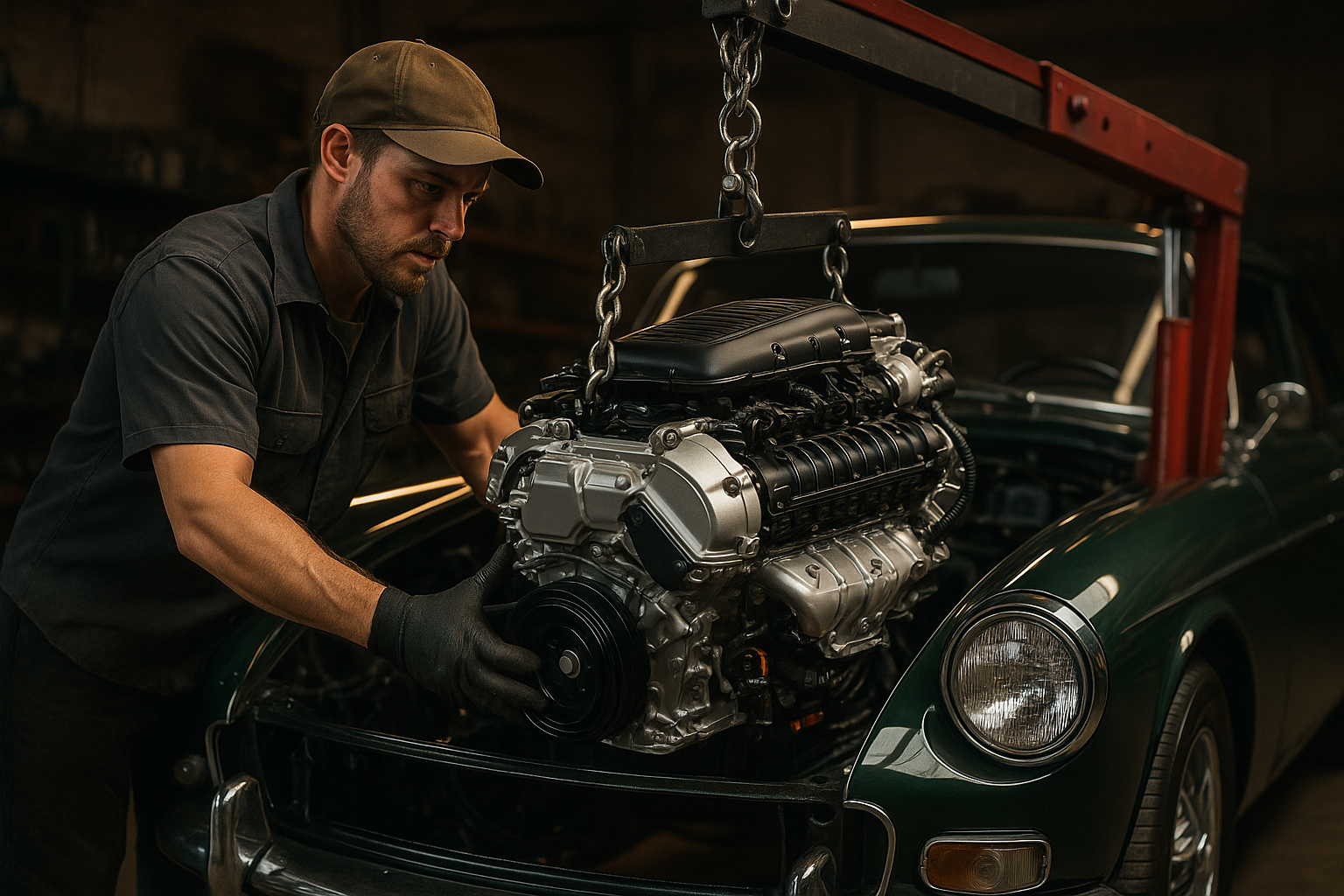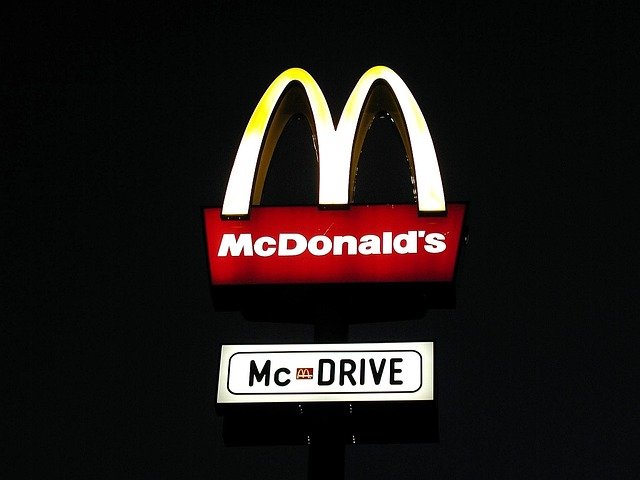Classic Pickup Financing 2025 Installments & ZeroDown Offers
Buying a classic pickup with financing. Explains how installment plans typically work (term length, APR and fees), what “zero-down” offers usually require (credit checks, collateral or higher monthly payments), and how to compare total cost using a simple checklist. Covers pre-purchase inspection points for older trucks—frame and bed rust, oil leaks, transmission behavior, braking and electrics—plus how to read condition reports and verify VIN. Includes title and lien checks, insurance and registration basics, and differences between dealer and private-party paperwork.

Understanding Installment Financing Basics for Classic Pickups
Installment financing for classic pickup trucks operates differently from standard auto loans due to the unique nature of vintage vehicles. Most traditional lenders consider vehicles older than 15-20 years as high-risk investments, leading to the development of specialized classic car financing options. These loans typically require the vehicle to meet certain criteria, including minimum value thresholds, often starting around $15,000 to $20,000.
Classic pickup financing terms generally range from 3 to 15 years, with longer terms available for higher-value vehicles. Interest rates tend to be higher than new car loans, typically ranging from 5% to 12%, depending on the borrower’s credit score, down payment, and the vehicle’s appraised value. Lenders often require professional appraisals from certified classic car appraisers to establish the truck’s current market value and ensure it meets their lending criteria.
The financing process usually involves demonstrating that the vehicle will be properly stored and maintained, as lenders want to protect their investment. Many classic pickup financing agreements include restrictions on annual mileage, typically limiting usage to 2,500 to 5,000 miles per year to preserve the vehicle’s value and condition.
Zero Down Offers Typical Requirements and Trade-Offs
Zero down payment financing for classic pickups exists but comes with stringent qualification requirements and notable trade-offs. Lenders offering these programs typically require excellent credit scores, usually 720 or higher, along with substantial documented income to demonstrate the borrower’s ability to handle higher monthly payments without the benefit of a down payment reducing the principal amount.
The primary trade-off for zero down financing is significantly higher monthly payments and increased total interest paid over the loan term. Without a down payment to reduce the principal balance, borrowers face higher loan-to-value ratios, which lenders offset by charging premium interest rates. These rates can be 2-4 percentage points higher than loans with substantial down payments.
Zero down offers often include additional requirements such as comprehensive insurance coverage with agreed-value policies, professional storage arrangements, and sometimes GPS tracking devices. Lenders may also require shorter loan terms to minimize their risk exposure, resulting in even higher monthly payments. Some programs mandate that borrowers maintain other banking relationships with the lender or meet minimum net worth requirements.
Pre-Purchase Inspection Checklist for Older Trucks
Before finalizing financing for a classic pickup, conducting a thorough pre-purchase inspection protects both the buyer and lender’s interests. This inspection should begin with examining the truck’s documentation, including the title, registration history, and any available maintenance records. Verification of the Vehicle Identification Number (VIN) ensures the truck’s authenticity and helps identify any potential issues with stolen vehicles or title problems.
The mechanical inspection should cover the engine, transmission, brakes, suspension, and electrical systems. Classic pickups often have unique maintenance needs, and identifying potential problems before purchase prevents costly surprises later. Pay particular attention to rust and corrosion, especially in the frame, body panels, and bed area, as these issues can be expensive to repair and may affect the vehicle’s value and insurability.
Interior and exterior condition assessment should document any modifications, restorations, or non-original components, as these factors significantly impact the truck’s value and financing eligibility. Take detailed photographs and consider hiring a qualified classic car appraiser or mechanic familiar with the specific make and model to ensure nothing important is overlooked during the evaluation process.
| Lender Type | Down Payment Options | Interest Rate Range | Loan Terms |
|---|---|---|---|
| Classic Car Specialists | 10-25% or Zero Down | 5.99% - 11.99% | 5-15 years |
| Credit Unions | 15-30% typical | 4.99% - 9.99% | 3-10 years |
| Traditional Banks | 20% minimum | 6.99% - 12.99% | 5-7 years |
| Online Lenders | 0-20% available | 7.99% - 14.99% | 4-12 years |
Prices, rates, or cost estimates mentioned in this article are based on the latest available information but may change over time. Independent research is advised before making financial decisions.
Evaluating Total Cost of Ownership
Beyond the financing terms, classic pickup ownership involves ongoing costs that potential buyers should factor into their budget planning. Insurance for classic trucks typically requires specialty coverage with agreed-value policies, which can cost 20-40% more than standard auto insurance. However, many classic car insurance policies offer lower premiums due to limited mileage restrictions and the assumption that owners will provide better care and storage.
Maintenance and repair costs for vintage pickups can vary significantly depending on parts availability and the need for specialized mechanics. Common maintenance items like brake components, suspension parts, and engine components may require sourcing from specialty suppliers or custom fabrication, potentially increasing costs compared to modern vehicles.
Storage requirements also impact the total cost of ownership, as many financing agreements and insurance policies require enclosed or covered storage to protect the vehicle from weather and theft. Monthly storage fees can range from $50 to $300 depending on location and facility quality, adding to the overall ownership expense that buyers should consider when determining their financing budget.
Classic pickup financing in 2025 offers various options for enthusiasts seeking to purchase vintage trucks, from traditional installment plans to zero-down payment programs. Success in securing favorable financing terms depends largely on understanding lender requirements, maintaining good credit, and thoroughly evaluating both the vehicle and the true cost of ownership. While zero-down options provide immediate access to classic pickups, they come with higher long-term costs that buyers should carefully weigh against their financial capabilities and long-term ownership goals.




